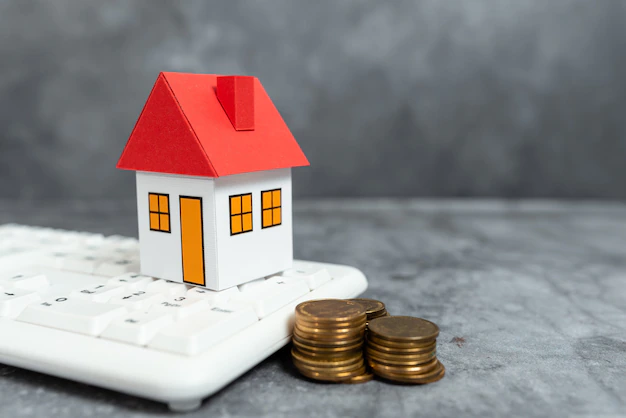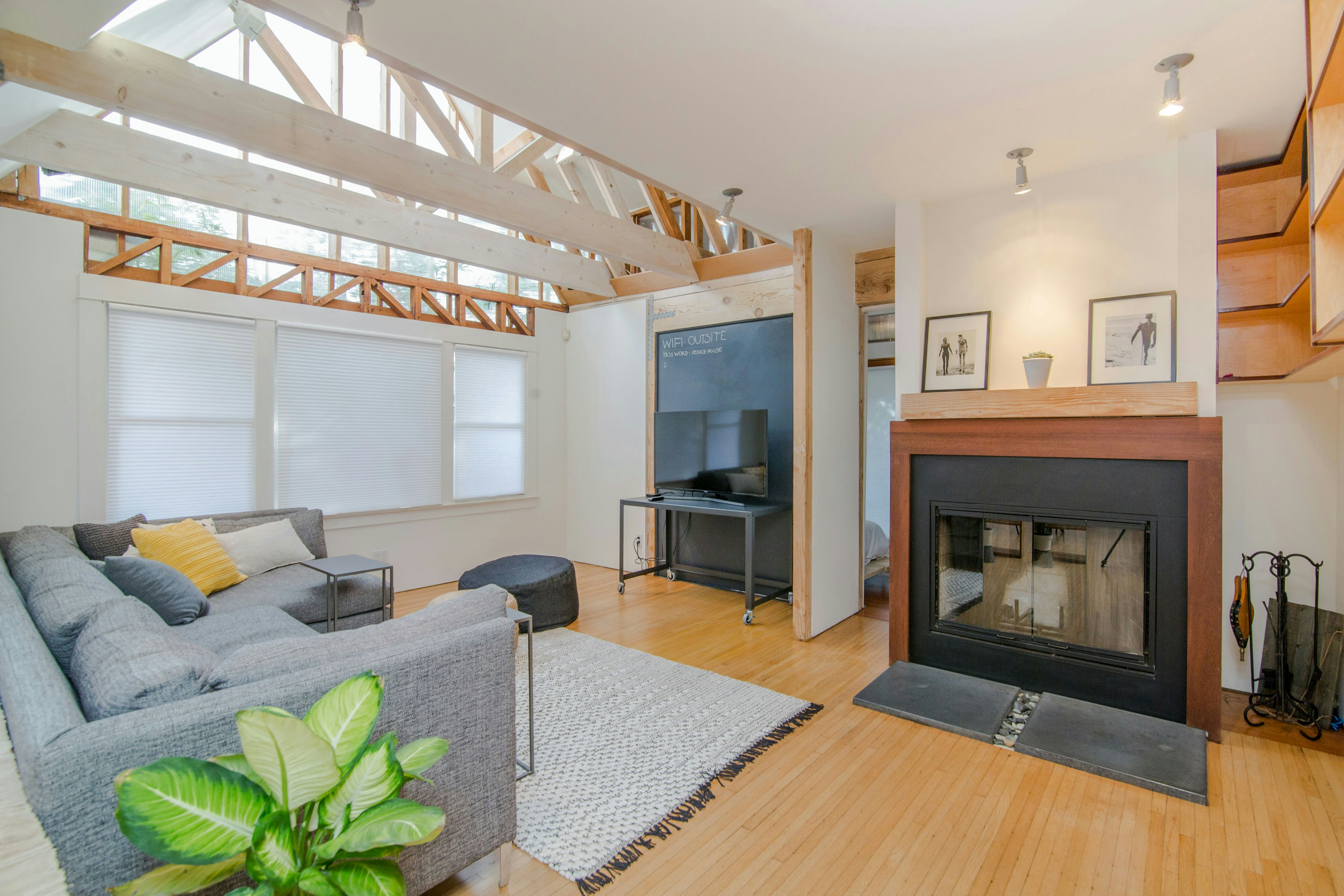Selling a home is a significant financial decision, and understanding the costs associated with the process is crucial to ensuring a successful transaction. In this comprehensive guide, we will explore the various expenses involved in selling a property, from preparing your home for sale to closing costs and taxes. By understanding these costs, you can better plan for a smooth and profitable sale.
1. Preparing Your Home for Sale
Home Staging: Varies
Before listing your home, it’s essential to present it in the best possible light to attract potential buyers. Home staging involves arranging furniture and décor in a way that highlights your property’s best features and helps buyers envision themselves living in the space. According to HomeAdvisor, the average cost of professional home staging is $1,218. However, this cost can vary depending on the size of your home and the extent of the job.
If you’re on a budget, you can also opt for DIY home staging. While this can help save money, it’s important to consider the time and effort involved and whether a professional stager will achieve better results.
Landscaping and Exterior Maintenance: Varies
Curb appeal is crucial when selling a home, as it’s the first impression potential buyers will have of your property. Investing in landscaping and exterior maintenance can significantly improve your home’s appearance and increase its value. Tasks such as lawn mowing, trimming hedges, and planting flowers can cost anywhere from 1,000, depending on the extent of the work and whether you hire a professional.
2. Real Estate Agent Commission Fees
Listing Agent Services
Hiring a listing agent to market your home can save you time and effort, as they will handle tasks such as arranging professional photos, adding the listing to the Multiple Listing Service (MLS), scheduling tours, and answering buyer inquiries. However, these services come at a cost. Sellers typically pay 5% – 6% of the home’s sale price in commission fees, which are split between the listing agent and the buyer’s agent.
For example, if you sell your home for 10,000 – $12,000 in commission fees. According to the National Association of REALTORS® (NAR), 75% of sellers covered this cost in 2019.
Reducing Commission Fees
One way to reduce commission fees is by selling your home without an agent, also known as For Sale By Owner (FSBO). However, this option still requires you to pay the buyer’s agent fee, which can amount to 2.5% – 3% of the sale price. Additionally, selling your home without an agent requires a significant amount of time and effort, as you will be responsible for marketing, negotiations, and paperwork.
3. Seller Concessions
Seller concessions involve the seller agreeing to cover some of the buyer’s closing costs, such as inspection fees, title insurance, or even a portion of the buyer’s loan points. This can help sweeten the deal and make your home more attractive to potential buyers. According to Opendoor data, seller concessions typically amount to 1.5% – 2% of the home sale price.
Keep in mind that seller concessions are limited by loan type. Conventional mortgages following Fannie Mae guidelines allow for concessions of up to 3%, 6%, or 9% of the home’s selling price, depending on the buyer’s down payment size. The Department of Veterans Affairs caps concessions on VA loans at 4%, while the Federal Housing Administration caps concessions on FHA loans at 6%.
4. Closing Costs
Closing costs are fees paid by both the seller and buyer to cover the costs of the home sale transaction. While the buyer’s closing costs typically range from 2% – 5% of the home’s selling price, sellers can expect to pay between 1% – 3%.
Seller’s Closing Costs
Seller’s closing costs usually include fees such as the closing fee, transfer taxes, attorney’s fees, recording fees, and any accrued property taxes. It’s essential to factor these costs into your overall budget when planning to sell your home.
5. Mortgage Payoff: Varies
If you still have a balance on your mortgage when selling your home, you’ll need to pay off the remaining amount during the sale process. The proceeds from the home sale can be used to pay off the original loan, but there may be a small shortfall due to accrued interest or prepayment penalties. Make sure to contact your loan servicer for the exact payoff amount and any applicable fees.
6. Capital Gains Tax
Capital gains tax is a tax on the profit made from selling an asset, including real estate. If you sell your home within one year of purchasing it, you’ll be subject to this tax on the sale profits. However, there are ways to minimize or even eliminate capital gains tax expenses. If you’ve owned and lived in the home as your primary residence for at least two out of the last five years, you may qualify for an exemption. Single home sellers can exempt up to 500,000.
7. Home Repairs
Most buyers will order a home inspection to assess the property’s condition before finalizing the purchase. If the inspection report uncovers issues, the buyers may request that you cover some or all of the repair costs. The total cost of these repairs will vary based on the home’s condition and the buyer’s requests.
To avoid repair negotiations, consider conducting a pre-listing inspection and addressing any issues before putting your home on the market. This proactive approach can help ensure a smoother transaction and prevent any surprises during the sale process.
8. Moving Costs
When selling your home, you’ll also need to factor in the costs of moving to a new property. These costs can vary based on the distance of the move, the amount of belongings you have, and whether you hire professional movers.
According to Moving.com, the average cost of moving a two- or three-bedroom home locally is 4,890. To save money, you can opt to rent a moving truck and handle the move yourself, which can cost between 3,250, depending on the distance and size of the move.
9. Contingencies and Negotiations
When selling a home, it’s essential to be prepared for contingencies and negotiations, which can affect your overall costs. For example, a buyer may request a price reduction based on the results of their home inspection, or they may ask for a longer closing period to secure financing. While these factors can be challenging to predict, it’s crucial to be prepared for the potential financial impact and have a flexible mindset during the negotiation process.
10. Marketing and Advertising
In addition to the services provided by your listing agent, you may choose to invest in additional marketing and advertising efforts to increase your home’s visibility and attract more potential buyers. This can include professional photography, virtual tours, social media advertising, and print materials. The costs of these additional marketing efforts can vary widely but are essential to consider when planning your home sale budget.
In conclusion, understanding the costs of selling a home is critical to ensuring a successful and profitable transaction. By being aware of these expenses and budgeting accordingly, you can better navigate the home selling process and maximize your profits.









